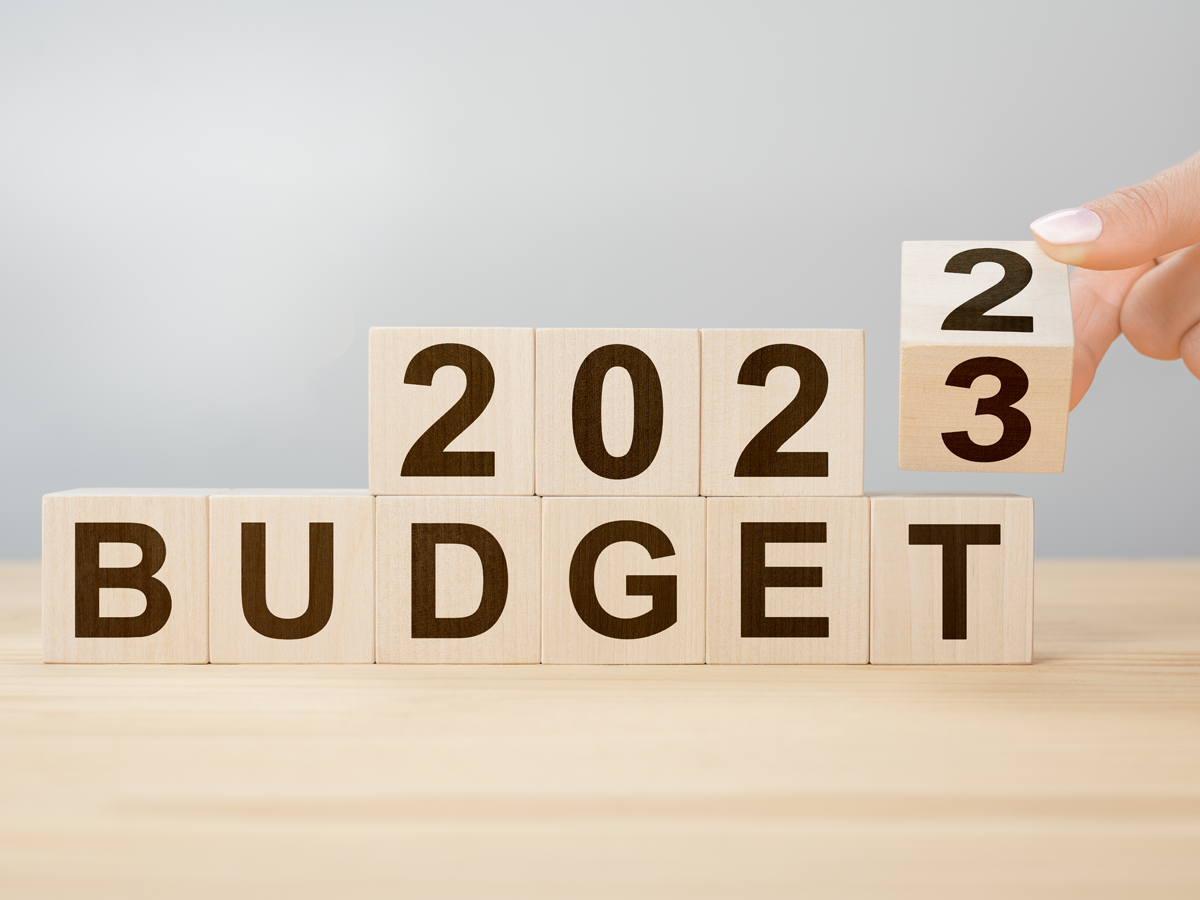Is populism the idea of upcoming budget!

As the clock ticks, it seems that we are just a few days from the new budget of the year. Given that this is Prime Minister’s final large spending chance before next year’s general elections, it’s not unrealistic to expect populism in the February 1 government budget. This is especially true given that the opposition, the primary political opponent, is on a months-long walk from the tip of the Indian Ocean in India’s south to Kashmir in the north Himalayan area, aiming to incite emotion around ordinary concerns such as unemployment and inflation.

What can be the opportunities in the upcoming budgets?
However, the budget may, at most, appeal to the middle class by changing with income-tax slabs. I’ll be astonished if the administration decides to shift its focus away from investment and toward mass consumption. A welfare state expansion — better old-age security and greater maternity benefits, for example — is equally unlikely, even though it would help the present government counter opponent’s charge that his government only works for the personal budgets of a few wealthy tycoons like Gautam Adani and Mukesh Ambani, two of the world’s wealthiest people.
The worldwide picture.
Global economic growth is declining. The Federal Reserve of the United States is committed to squeezing inflation dry. The aggressive reopening in China is likely to put some downward pressure on raw-material costs. Furthermore, Japan looks to be giving up control of its ultra-easy monetary policy. All these parameters are going to impact directly or indirectly the upcoming budget. In light of this, India will be wary to make costly promises. Even with a bumper tax harvest, owing to faster-than-expected internal inflation, the federal government will barely reach its goal budget deficit of 6.4% of GDP for the fiscal year ending March 31.
Add to it state-level resource deficiencies, chronic losses at power distribution utilities, an estimated 3%-plus of GDP current-account gap, and a stubborn 6% core inflation, and India’s macroeconomic instability is already among the worst among large nations. So far, the positive news has been strong post-Covid-19 growth. This is already slowing, partly because export demand is beginning to wane and partly because the Mumbai central bank has had to hike interest rates as well. An emphasis on stability may benefit India more than frantic budgetary pump pumping.

The plans of the present government about the upcoming budget.
The main economic aim is to promote India as a manufacturing rival to China. He has attempted to do this by stimulating private industry investment and devoting greater state funds to infrastructure, including rail and road. Banks have increased credit, and capital-goods manufacturers have added new orders.
According to Crisil, a subsidiary of S&P Global Inc., its order book in September was 3.8 times revenue, up from 2.9 times in March 2019. These companies will expect New Delhi to continue the course by pouring more government money into what is largely regarded as the beginning of a protracted investment cycle with global ramifications: India’s steel demand, which has already surpassed that of the United States, is predicted to expand the quickest in 2023.
Funding will be required to keep the construction boom going. The government ended a pandemic-era free food program for 800 million Indians earlier this month. With hope, it will also save money on fertilizer subsidies, which increased when the war in Ukraine caused worldwide costs to skyrocket. These cuts will be passed on to investors through a five-year, $24 billion scheme of production-linked incentives for producers of anything from electronics and electric-vehicle batteries to textiles and maybe even toys. Apple Inc.’s supply chain is taking root, with additional vendors to the Cupertino, California-based titan receiving clearance from India to set up shop.
However, unpredictable global demand and weak local consumption may keep private investment at bay. The hard lifting will have to be done by the Indian government’s capital spending. A recurrence of the 63% increase between April and November would be difficult to finance unless existing state assets were leased to private players to raise funds. The problem is that the same acquisitive millionaires’ rail against in his lectures for their perceived closeness to the government are also the readiest to invest in highways, railway stations, and airports. The government sold loss-making Air India to Mumbai’s Tata Group 15 months ago. That was timely. As elections approach, the political room for privatization may narrow.

Overall, New Delhi’s budget spreadsheets are anticipated to show a half-point reduction in the estimated yearly deficit for the fiscal year beginning April 1. Even Nevertheless, annual government borrowings will be significantly greater than before the outbreak. However, rating agencies might classify the commitment as “anticipated fiscal consolidation” and maintain the sovereign rating at the bottom of the investment-grade ladder. Only during the year will it be obvious whether there is any real pressure from the bond and currency markets to meet the deficit-reduction objective.
The end line towards the onset of the upcoming budget.
So far, markets have given little notice to a gradual trend toward more populist measures. In certain areas where opposition parties have recently won elections, an old defined-benefit pension scheme for local government employees has been resurrected. This is a perilous trend. Giving up on 20 years of progress in having employees share their old-age security and returning to guaranteeing half of their last-drawn wages will put future taxpayers in a bind.
Inversely, it will result in fewer welfare funds directed at the bottom of the social pyramid. Even if the present government rejects this issue, the opponent may respond by reaffirming his 2019 pledge of a basic income for the poorest 50 million households at a time when the government is struggling.
edited and proofread by nikita sharma




